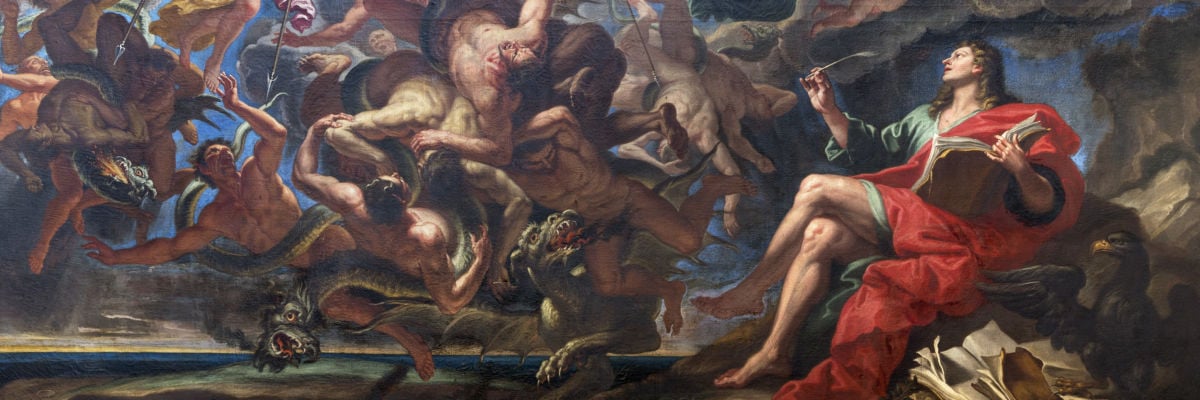
Question:
Answer:
The “pangs of birth’ (Rev. 12:3) is meant to be taken metaphorically and not literally. Here are some reasons why.
First, the book of Revelation is loaded with metaphors (e.g., beasts, lions, winged creatures, golden streets, harlots, etc.). So, from that fact alone we can at least be more favorable to a nonliteral interpretation of this imagery.
Second, birth pangs can be used metaphorically, as in some translations of Galatians 4:19 (NIV, KJV) and in several Old Testament passages (Isa. 26:17; Mic. 4:9, 5:3).
One significant Old Testament passage is Micah 5:3. Therein the prophet Micah prophesies that when she who gives birth is in travail, God will release his people from exile and captivity, and the Messiah will come and be born in Bethlehem. Therefore, it’s possible that John describes Mary as with the “pangs of birth” to signify the fulfillment of Micah’s prophecy.
Finally, as Tim Staples points out in his book Behold Your Mother, it’s possible that the pain described here signifies the suffering Mary experienced from the special knowledge she had concerning her son. She would have known the suffering Jesus was to endure by virtue of being the Messiah. She even knew from the beginning that she would suffer, when the prophet Simeon told her a sword would pierce her soul (Luke 2:35).
Given this unique knowledge that Mary had of her son and his role in salvation history, it is no surprise that her suffering would be described as “pangs of birth” in Revelation 12:3. Just as Jesus describes the martyrdom that his apostles would endure with the image of a “woman in travail” (John 16:20), so too John describes Mary’s spiritual martyrdom with the image of birth pains.



